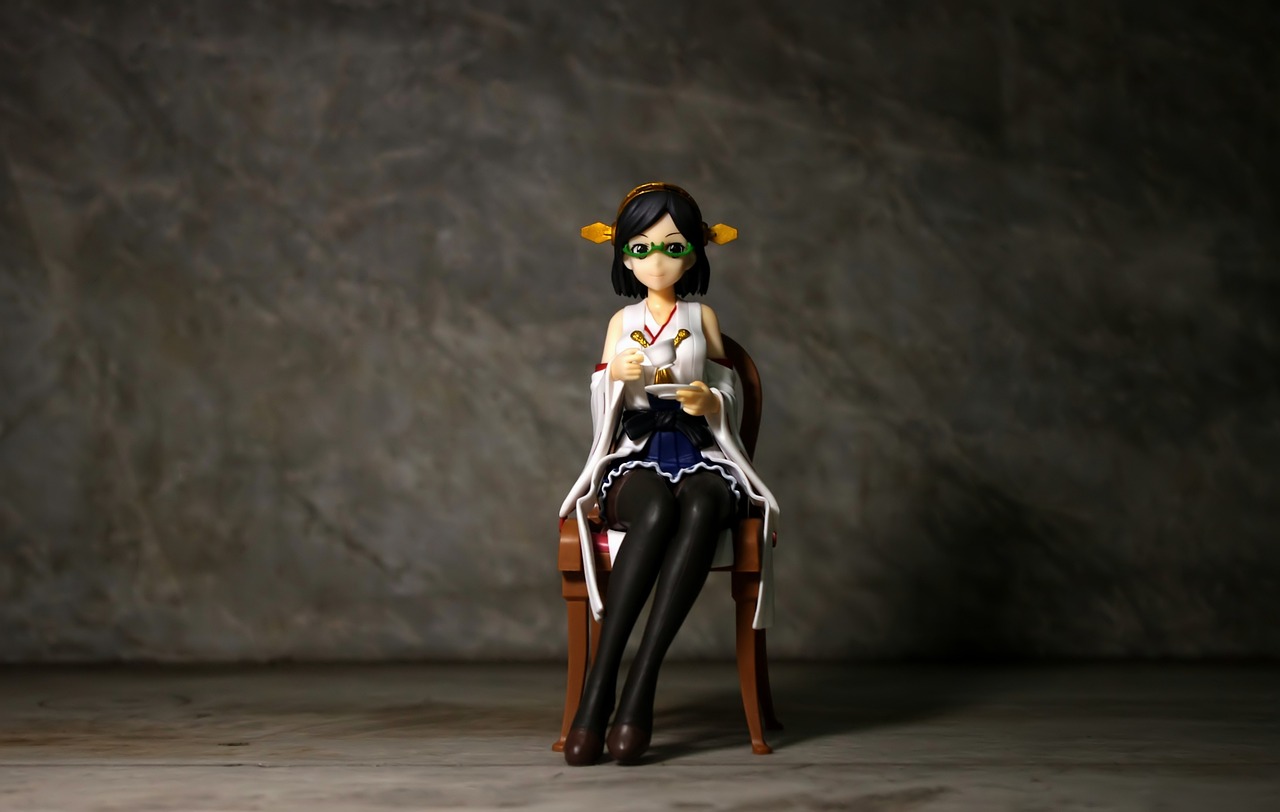This article delves into the transformative impact of AI on the anime industry, examining its potential, challenges, and the implications for creators and audiences alike in the evolving landscape of animation.
The Rise of AI in Animation
AI technology is becoming increasingly integrated into the animation sector, providing innovative tools that not only enhance creativity but also streamline production processes. Current trends indicate a significant shift towards utilizing AI for various aspects of animation, from storyboarding to final rendering.
Benefits of AI-Generated Anime
- Cost Efficiency: AI can significantly reduce production costs, making it more feasible for smaller studios to create high-quality content.
- Faster Production Times: With AI tools, the animation process can be expedited, allowing for quicker turnaround on projects.
- Enhanced Creative Possibilities: AI enables the exploration of unique styles and ideas that may not have been feasible previously.
Challenges and Limitations of AI in Anime
Despite its advantages, AI-generated animation faces several challenges. Ethical concerns, particularly regarding authorship and originality, are at the forefront of discussions. Additionally, while AI can assist in the creative process, it still lacks the emotional depth and intuition that human creators bring to storytelling.
The Future of AI in the Anime Industry
Looking ahead, the integration of AI in the anime industry is expected to grow. This evolution may lead to a harmonious collaboration between AI and human artists, blending technology with traditional artistry to enhance the creative landscape.
Conclusion
As the anime industry continues to embrace AI technologies, it is crucial for creators and audiences to navigate the challenges and opportunities that arise. The future of animation is likely to be a blend of innovative technology and human creativity, paving the way for exciting new narratives and artistic expressions.
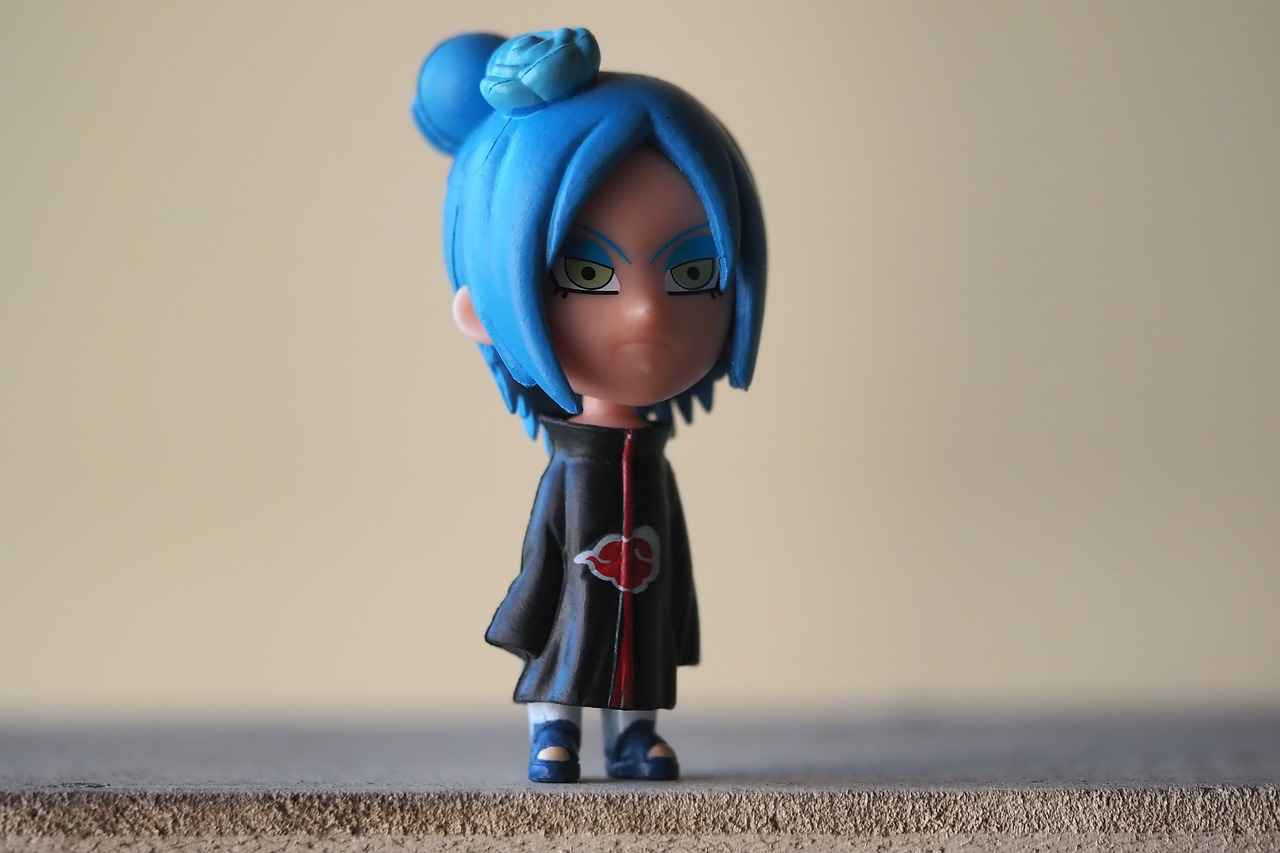
The Rise of AI in Animation
In recent years, AI technology has made significant strides in various industries, and animation is no exception. This integration of AI into the animation process is not just a trend but a transformative movement that is reshaping how animated content is created and consumed. By offering innovative tools and techniques, AI is enhancing the creative capabilities of artists while also streamlining production workflows.
One of the most notable advancements in AI-generated animation is the ability to automate tedious tasks. Traditional animation requires a considerable amount of manual labor, including in-betweening, coloring, and even character rigging. AI can handle these repetitive tasks efficiently, allowing animators to focus more on the creative aspects of storytelling and visual design. For instance, AI-driven software can analyze keyframes and generate the necessary in-betweens, significantly reducing the time artists spend on these tasks.
Moreover, AI is fostering a new era of creative collaboration. By providing tools that facilitate real-time feedback and revisions, teams can work together more effectively, regardless of geographical barriers. This collaborative environment not only speeds up production but also encourages a more dynamic exchange of ideas, resulting in richer animated content.
Current trends indicate that AI is also enabling unique artistic styles that were previously unattainable. With machine learning algorithms capable of analyzing vast datasets of existing animations, AI can suggest innovative styles and techniques that inspire artists to explore new creative directions. This fusion of technology and artistry is leading to a renaissance in animation, where the boundaries of creativity are continually pushed.
As we delve deeper into the potential of AI in animation, it becomes clear that the future holds exciting possibilities. The ongoing advancements in AI technology promise to revolutionize the animation landscape, making it more efficient and creatively vibrant than ever before.
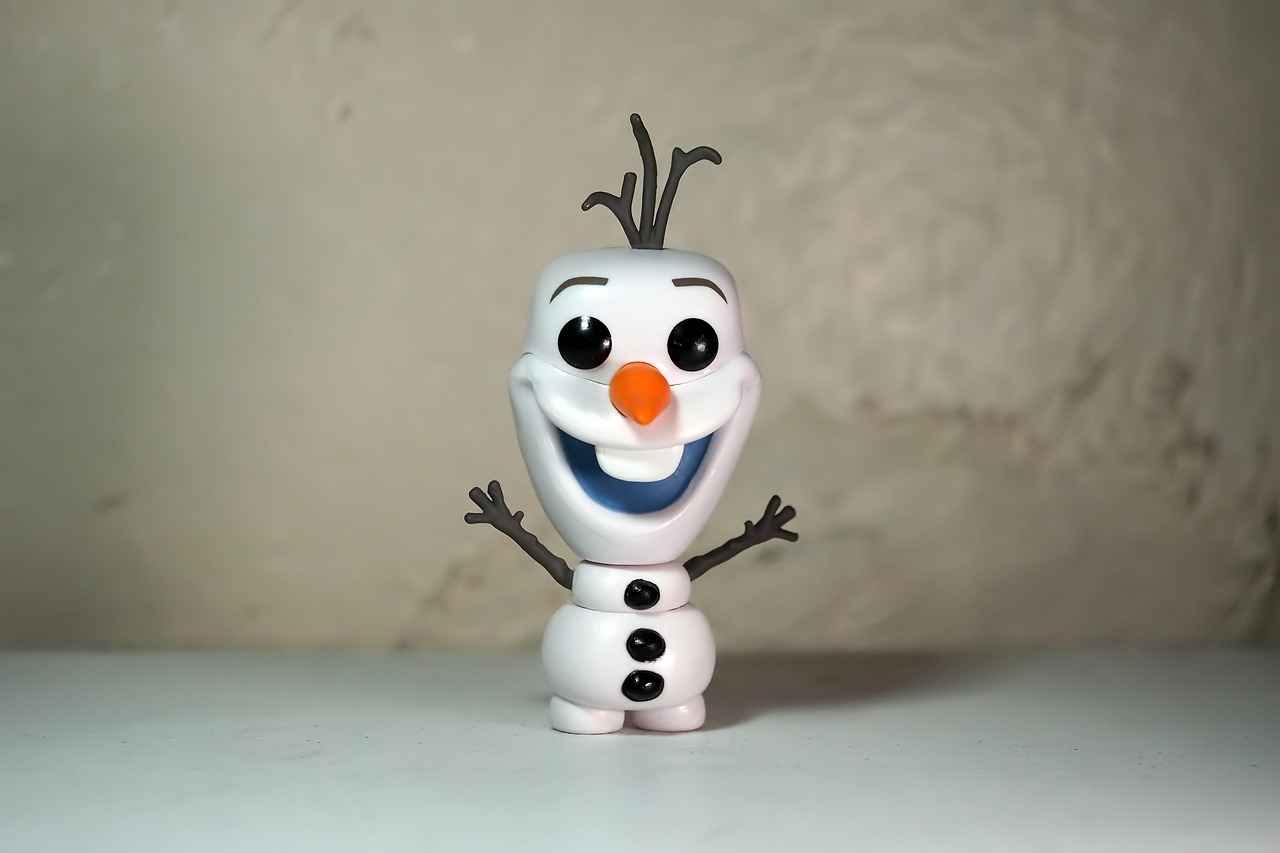
Benefits of AI-Generated Anime
The advent of AI-generated anime is revolutionizing the animation landscape, bringing forth a myriad of advantages that are reshaping the industry for both creators and audiences. As technology continues to evolve, the integration of AI into anime production is proving to be a game-changer.
- Cost Efficiency: One of the most compelling benefits of AI in anime production is its ability to significantly reduce costs. Traditional animation requires extensive resources, from skilled labor to time-consuming processes. AI tools can automate various aspects of animation, such as in-betweening and background generation, which allows studios to allocate their budgets more effectively.
- Faster Production Times: In an industry that thrives on timely releases, AI-generated content can accelerate production schedules. By streamlining workflows and minimizing manual tasks, studios can produce high-quality animations in a fraction of the time it would typically take.
- Enhanced Creative Possibilities: AI opens up new avenues for creativity, enabling artists to explore unique styles and concepts that may not have been feasible before. With AI-assisted tools, creators can experiment with different visual aesthetics, character designs, and storytelling techniques, broadening the scope of what anime can achieve.
- Accessibility for Independent Creators: The rise of AI in anime also democratizes the industry. Independent creators can utilize AI tools to produce professional-quality content without the need for a large studio backing. This accessibility fosters a diverse range of stories and styles, enriching the anime landscape.
In conclusion, the benefits of AI-generated anime extend beyond mere efficiency. They offer a transformative potential that can reshape the creative process, enable faster production cycles, and provide opportunities for a wider array of voices in the anime community. As technology advances, the future of anime looks promising, with AI at the forefront of this evolution.
Cost Efficiency and Production Speed
In the realm of animation, particularly within the anime industry, the integration of Artificial Intelligence (AI) has revolutionized the way productions are executed. One of the most significant impacts of AI in animation is the reduction in production costs and time. This transformation is not merely about saving money; it is about enhancing the entire creative process.
AI tools have emerged as powerful allies for animators, enabling them to expedite the animation process without compromising on quality. By automating tedious tasks, such as in-betweening and coloring, AI allows artists to focus on the more intricate and creative aspects of their work. This shift not only boosts productivity but also fosters a more enriching creative environment. For instance, traditional methods often required extensive hours for frame-by-frame animation, but with AI, these processes can be streamlined significantly.
Furthermore, the use of AI in animation leads to faster production timelines. This acceleration is vital in an industry where market trends can change rapidly. Studios can adapt more quickly to audience demands, releasing content that resonates with viewers while maintaining high standards of quality. The ability to produce animations at a faster pace means that creators can explore more ideas and experiment with different styles without the constraints of time.
Another aspect of AI’s influence on production speed is its capability to enhance collaboration among team members. AI tools enable real-time feedback and revisions, which fosters a more efficient workflow in animation studios. This collaborative approach not only improves communication but also ensures that the creative vision is realized more effectively.
In conclusion, the incorporation of AI in animation is a game-changer, allowing for both cost efficiency and increased production speed. As the technology continues to evolve, it promises to further enhance the capabilities of creators, leading to a new era of innovation in the anime industry.
Automating Repetitive Tasks
in animation has revolutionized the way artists approach their craft, allowing them to focus on more creative and innovative aspects of their work. Traditionally, animators spent countless hours on tedious tasks such as in-betweening and coloring, which are essential for creating fluid motion and vibrant visuals. However, with the advent of Artificial Intelligence (AI), these repetitive processes can now be automated, significantly enhancing productivity.
AI technologies utilize advanced algorithms to analyze existing frames and generate the necessary in-between frames, a process known as interpolation. This not only saves time but also ensures consistency in style and motion throughout the animation. Furthermore, AI can assist in the coloring process by applying pre-defined palettes and styles, allowing artists to achieve stunning results without the manual effort that was once required.
By automating these mundane tasks, artists are liberated to explore their creativity in ways that were previously unimaginable. They can focus on the storytelling aspects of their projects, experiment with new artistic styles, and develop unique character designs that resonate with audiences. This shift in focus fosters an environment where innovation thrives, leading to a richer and more diverse array of animated content.
Moreover, the integration of AI in animation not only benefits individual artists but also enhances collaboration within teams. With AI tools streamlining workflows, teams can share feedback and make revisions in real-time, thus improving the overall quality of the final product. This collaborative approach is crucial in today’s fast-paced animation industry, where meeting deadlines and maintaining high standards are paramount.
In conclusion, the automation of repetitive tasks through AI is a game-changer for the animation industry. It empowers artists to concentrate on their creative vision while improving efficiency and collaboration. As technology continues to evolve, the possibilities for innovation in animation are boundless, paving the way for a new era of artistic expression.
Streamlining Collaboration
In the fast-paced world of animation, collaboration among team members is crucial for creating high-quality content. The integration of Artificial Intelligence (AI) tools has significantly transformed how animation studios operate, fostering a more efficient workflow. This section delves into the various ways AI enhances collaboration, enabling teams to work together seamlessly.
- Real-Time Feedback: AI tools facilitate real-time feedback, allowing team members to share their thoughts and suggestions instantly. This immediate exchange of ideas helps in making timely revisions, ensuring that the project stays on track.
- Version Control: With AI, teams can easily manage different versions of their work. AI systems can track changes and allow multiple artists to contribute without the fear of overwriting each other’s efforts, thus preserving the integrity of the creative process.
- Task Automation: AI can automate mundane tasks such as data entry or basic animation processes. By handling these repetitive elements, artists can focus on more creative aspects, leading to a more productive collaboration.
- Enhanced Communication: AI-driven platforms can analyze communication patterns within teams, helping to identify areas where misunderstandings may arise. This insight allows teams to adjust their communication strategies for better clarity and collaboration.
- Shared Resources: AI tools often come with cloud-based features that enable teams to access shared resources easily. This accessibility ensures that everyone is on the same page, regardless of their physical location.
In conclusion, AI is revolutionizing the collaborative landscape in animation studios. By providing tools for real-time feedback, automating repetitive tasks, and enhancing communication, AI fosters a more efficient and creative workflow. As animation continues to evolve, the role of AI in streamlining collaboration will undoubtedly become even more significant, paving the way for innovative and engaging content.
Enhancing Creative Possibilities
The advent of artificial intelligence in the anime industry has revolutionized the way creators approach their work, unlocking a myriad of creative possibilities that were previously unattainable. AI technology is not just a tool; it is a collaborator that empowers artists to explore new dimensions of creativity, leading to the emergence of unique styles and innovative storytelling techniques.
One of the most exciting aspects of AI in anime is its ability to generate original art styles. By analyzing vast datasets of existing anime, AI algorithms can produce artwork that blends various influences and creates something entirely new. This capability allows artists to experiment with different aesthetics, leading to visually stunning results that challenge traditional norms.
Moreover, AI can assist in the development of storylines by analyzing plot structures and character arcs from successful series. This analysis can inspire writers to create narratives that resonate with audiences while introducing fresh concepts. For instance, AI can suggest unexpected plot twists or character developments that enhance the overall storytelling experience.
Additionally, AI tools can facilitate collaborative creativity. With platforms that enable real-time feedback and iteration, artists and writers can work together more efficiently, refining their ideas as they go. This collaborative environment fosters innovation, as team members can build on each other’s suggestions and insights, resulting in a richer creative output.
Furthermore, AI’s ability to automate certain aspects of production allows artists to focus on the more imaginative elements of their work. By handling repetitive tasks such as in-betweening or coloring, AI frees up time for creators to delve deeper into character development and world-building, ultimately enhancing the quality of the final product.
In conclusion, the integration of AI into the anime industry is not merely a trend; it represents a fundamental shift in how creativity is approached. By leveraging AI, artists are empowered to push the boundaries of their craft, resulting in a vibrant and evolving landscape of anime that captivates audiences worldwide.
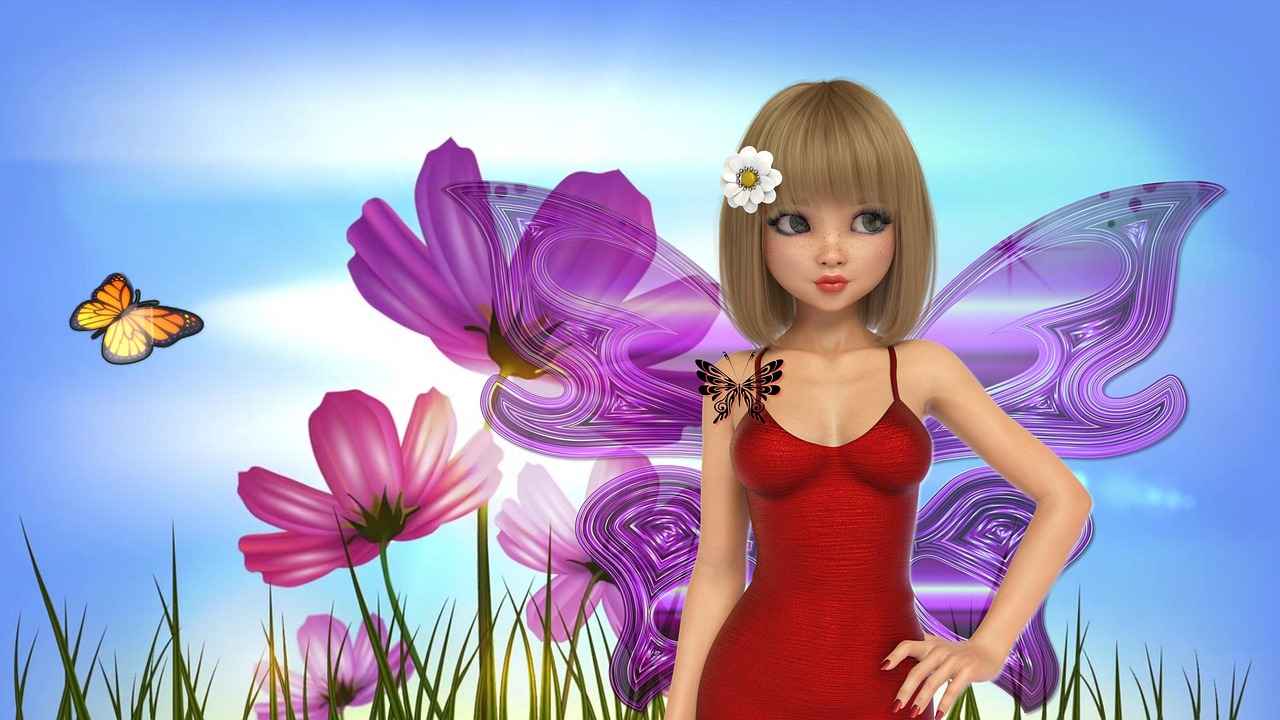
Challenges and Limitations of AI in Anime
As the anime industry embraces the transformative power of artificial intelligence, it is crucial to acknowledge the challenges and limitations that accompany this technological advancement. While AI-generated animation offers numerous benefits, it also presents significant hurdles that creators and stakeholders must navigate.
- Ethical Considerations: The rise of AI in animation brings forth complex ethical dilemmas. Questions surrounding authorship and originality become prominent, particularly when AI systems generate content that resembles existing works. This raises concerns about intellectual property rights and the potential for copyright infringement, necessitating a reevaluation of current laws and regulations.
- Limitations of AI Creativity: While AI can assist in the creative process, it often lacks the emotional depth and intuitive understanding that human creators possess. AI-generated animations may excel in technical execution but struggle to capture the nuanced storytelling and character development that resonate with audiences. This limitation can hinder the overall impact of the animation.
- Quality Control: The reliance on AI tools can lead to inconsistencies in quality, as algorithms may not always align with the artistic vision of creators. Ensuring that AI-generated content meets the desired standards requires careful oversight and human intervention, which can negate some of the efficiency gains AI promises.
- Job Displacement: The automation of certain tasks in animation raises concerns about job security for traditional animators and artists. As AI continues to evolve, there is a fear that it may replace human roles rather than augment them, leading to potential job losses in the industry.
In conclusion, while AI-generated animation holds tremendous potential for revolutionizing the anime industry, it is essential to address these challenges proactively. By understanding the ethical implications, recognizing the limitations of AI creativity, and ensuring quality control, the anime community can harness the benefits of AI while preserving the artistry and emotional resonance that define this beloved medium.
Ethical Considerations
The integration of AI technology in animation, particularly in the creation of anime, has sparked a myriad of ethical questions that demand careful consideration. As AI continues to generate content that resembles human creativity, issues surrounding authorship and originality come to the forefront. This discussion aims to unpack the implications of AI-generated content on intellectual property rights and the broader ethical landscape.
One of the primary concerns is the ownership of AI-generated works. If an AI creates a piece of animation, who holds the copyright? Is it the programmer who developed the AI, the user who prompted the AI, or the AI itself? Current laws may not adequately address these questions, leading to potential legal disputes. As a result, there is an urgent need for a reevaluation of existing intellectual property laws to encompass the unique challenges posed by AI.
Moreover, the concept of originality is being challenged. AI systems often learn from vast datasets that include existing works, which raises concerns about whether AI can produce truly original content or if it simply remixes existing ideas. This blurring of lines can lead to accusations of plagiarism, further complicating the landscape for creators.
Additionally, the use of AI in animation can have implications for human artists. As AI tools become more capable, there is a fear that they may replace traditional animators, leading to job losses and a devaluation of human creativity. This raises questions about the role of human artists in an increasingly automated industry and how they can coexist with AI technologies.
In conclusion, while the advancements in AI technology present exciting opportunities for the animation industry, they also necessitate a thorough examination of the ethical implications. Addressing these concerns is crucial to ensure a balanced relationship between technology and creativity, fostering an environment where both can thrive.
Limitations of AI Creativity
As the integration of AI into various creative fields continues to evolve, it is essential to recognize the limitations that accompany this technology, particularly in the realm of anime. While AI can significantly enhance certain aspects of the creative process, it still struggles to replicate the emotional depth and intuition that human creators naturally possess. This section delves into the specific challenges that AI faces in capturing the essence of storytelling in anime.
- Lack of Emotional Resonance: One of the most notable limitations of AI-generated content is its inability to convey genuine emotions. Human creators draw upon personal experiences, cultural contexts, and emotional nuances that AI simply cannot replicate.
- Understanding Cultural Context: Anime is deeply rooted in cultural narratives and societal issues. AI often lacks the capacity to fully grasp these contexts, leading to stories that may feel disconnected or superficial.
- Creativity vs. Imitation: While AI can analyze vast amounts of data to generate content, it often resorts to imitating existing styles rather than creating something genuinely new. This can result in a lack of originality in AI-generated anime.
- Inability to Innovate: True creativity often involves breaking boundaries and exploring the unknown. AI, constrained by algorithms and pre-existing data, may struggle to innovate in ways that human creators can.
In conclusion, while AI offers numerous advantages in production efficiency and technical capabilities, it is crucial to acknowledge its limitations in creativity. The emotional and intuitive aspects of storytelling remain firmly within the realm of human creators, emphasizing the importance of collaboration between technology and traditional artistry in the anime industry.
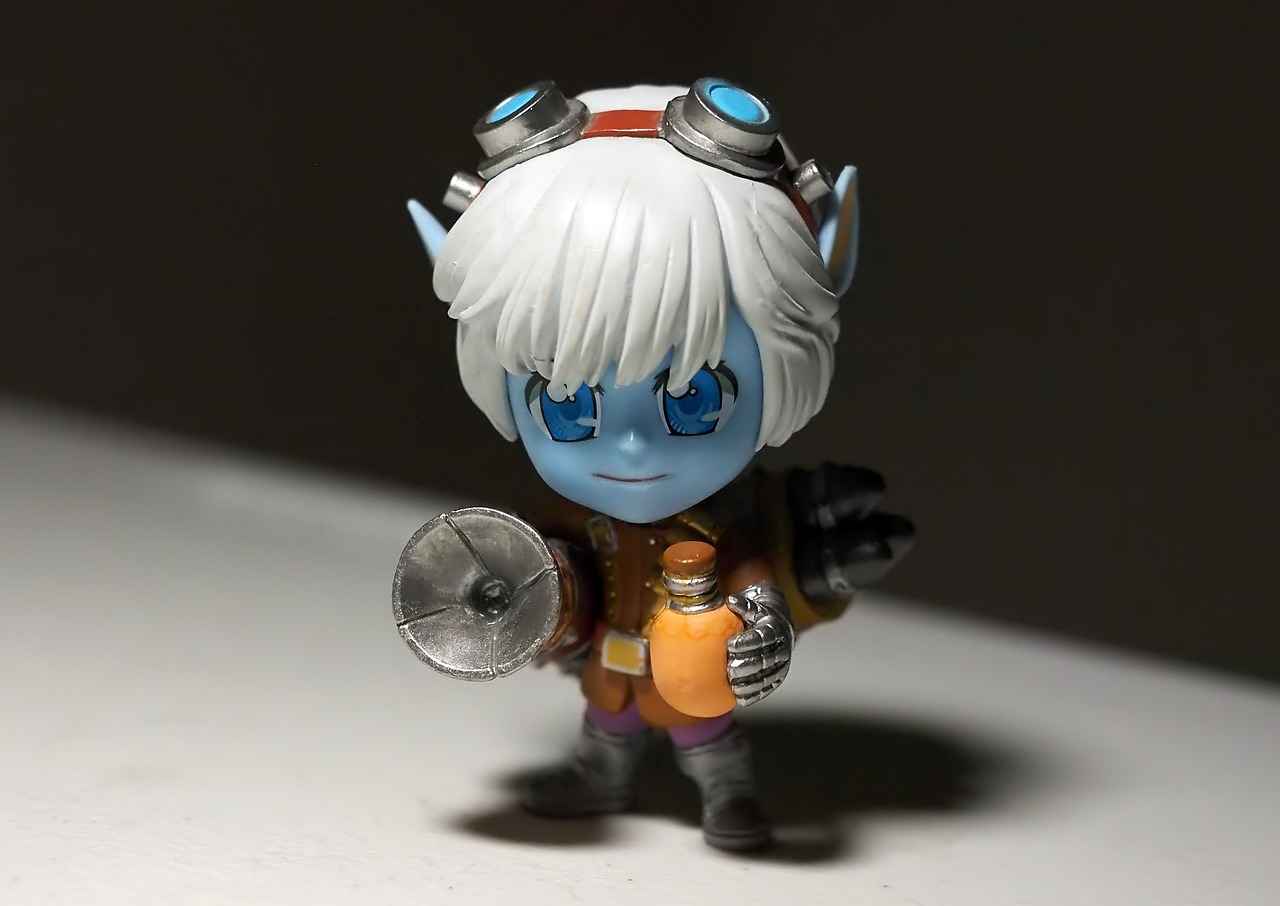
The Future of AI in the Anime Industry
As we look towards the horizon of the anime industry, the integration of Artificial Intelligence (AI) is poised to revolutionize the way animation is created and experienced. This section explores the potential trends arising from this technological evolution and the dynamic interplay between creativity and technology.
AI is not merely a tool; it is becoming a collaborator in the creative process. This shift paves the way for a future where artists and AI systems work together, enhancing the storytelling capabilities of anime. The potential for collaborative projects could lead to unique narrative styles and visual aesthetics that were previously unimaginable.
Moreover, the incorporation of AI allows for the generation of personalized content tailored to individual preferences. As AI algorithms analyze viewer behavior and preferences, they can suggest or even create anime that aligns with specific audience tastes. This could lead to a more engaging and immersive experience for fans, as they find stories that resonate deeply with their personal interests.
However, the rise of AI in anime does not come without challenges. Ethical concerns regarding authorship and intellectual property must be addressed. As AI systems generate content, questions arise about who holds the rights to these creations, and how originality is defined in a world where machines can mimic human creativity.
Additionally, while AI can enhance production efficiency, it may also risk diluting the emotional depth that comes from human storytelling. The essence of anime often lies in its ability to evoke feelings, something that AI may struggle to replicate fully. Thus, the balance between technology and human touch will be crucial in the future of anime.
In conclusion, the future of AI in the anime industry holds immense potential for innovation and creativity. As we navigate this evolving landscape, it is essential to embrace the opportunities while remaining vigilant about the challenges that accompany this technological advancement.
Potential for Collaboration between AI and Artists
The integration of artificial intelligence (AI) into the creative world has sparked discussions about the future of artistry, particularly in fields like animation and visual arts. As technology advances, the potential for a harmonious collaboration between AI and human artists becomes increasingly apparent. This section explores how both entities can coexist, leveraging each other’s strengths to create a more vibrant artistic landscape.
AI is not here to replace artists; rather, it serves as a tool that can enhance the creative process. By automating repetitive tasks such as in-betweening and color correction, AI allows artists to focus on the more intricate and imaginative aspects of their work. This shift can lead to a more dynamic creative environment, where human intuition and emotional depth combine with AI’s efficiency and precision.
| Strengths of AI | Strengths of Human Artists |
|---|---|
| Speed and efficiency in production | Emotional depth and storytelling |
| Ability to analyze trends and data | Unique artistic vision and creativity |
| Consistency in style and quality | Personal touch and cultural context |
Moreover, AI can assist artists in exploring new styles and techniques that they might not have considered. For instance, AI algorithms can analyze vast amounts of artwork to identify trends and suggest innovative approaches. This can inspire artists to push their boundaries and experiment with different mediums and concepts.
However, it is crucial to recognize that the collaboration between AI and artists must be approached with care and consideration. Ethical implications regarding authorship and originality must be addressed to ensure that artists’ rights are protected. As both AI and human creativity evolve, a balance must be struck that honors the contributions of both parties.
In conclusion, the future of artistry lies in the collaboration between AI and human artists. By embracing technology while preserving the unique qualities of human creativity, a new era of artistic expression can emerge, enriching the cultural landscape for generations to come.
Impact on Audience Engagement
The advent of AI-generated anime is poised to revolutionize the way audiences engage with animated content. As technology evolves, viewers are likely to experience a shift towards more personalized and immersive interactions with their favorite shows. This transformation raises intriguing questions about the future of storytelling and viewer expectations.
One of the most significant changes is the potential for tailored content. AI algorithms can analyze viewer preferences and behavior, allowing studios to create anime that resonates more deeply with individual audiences. For instance, characters, story arcs, and even art styles can be adjusted to cater to specific demographics or personal tastes. This level of customization not only enhances viewer satisfaction but also fosters a stronger emotional connection to the content.
Moreover, the integration of AI could lead to immersive experiences that go beyond traditional viewing. Imagine an anime series where viewers can influence plot directions or character decisions in real-time, creating a unique narrative for each individual. Such interactive elements could redefine the concept of passive consumption, making audiences active participants in the storytelling process.
Additionally, AI-generated content may facilitate community engagement. With social media platforms becoming increasingly integral to the anime experience, AI can help curate discussions and fan interactions based on shared interests. This could lead to a more vibrant community where fans feel more connected to both the content and each other.
In conclusion, the impact of AI on audience engagement in anime is profound. As personalization and immersion become the new norms, viewers may find themselves in a dynamic relationship with their favorite shows, one that evolves with their tastes and preferences. The future of anime is not just about watching; it’s about experiencing and participating in a rich, interactive world.
